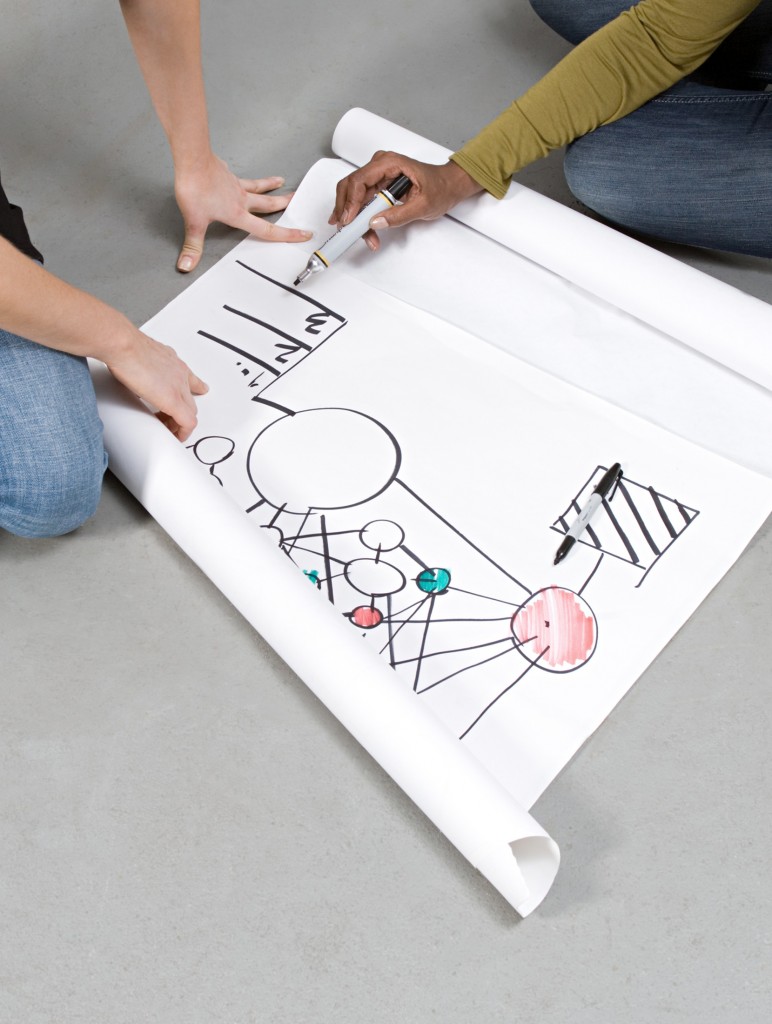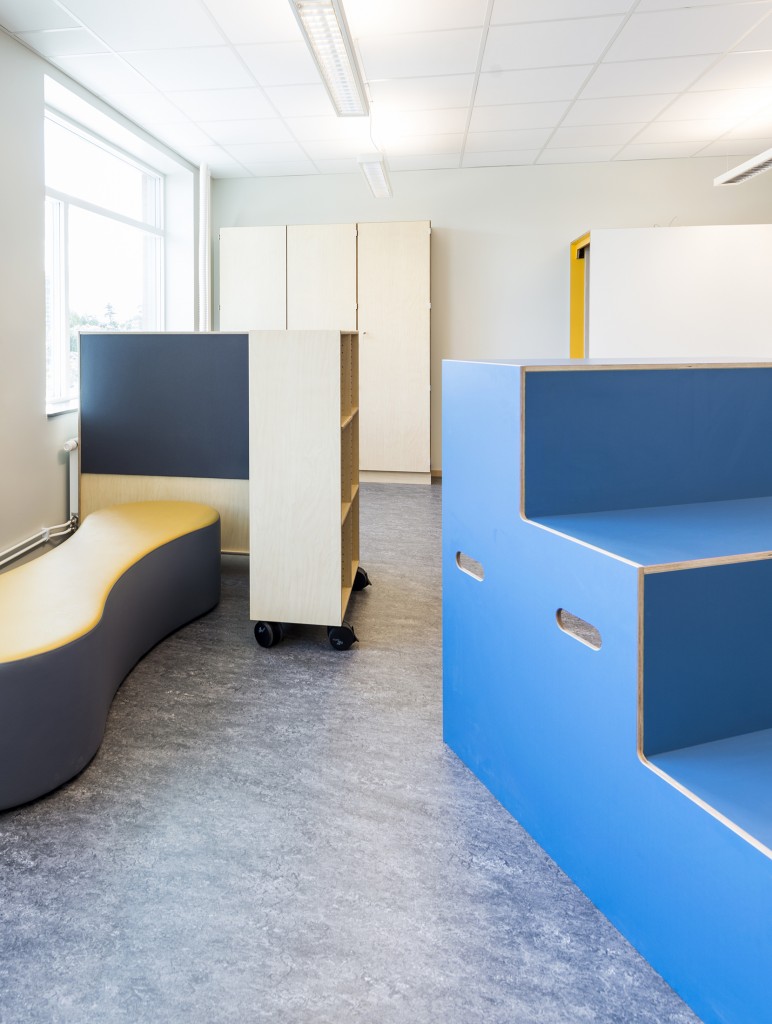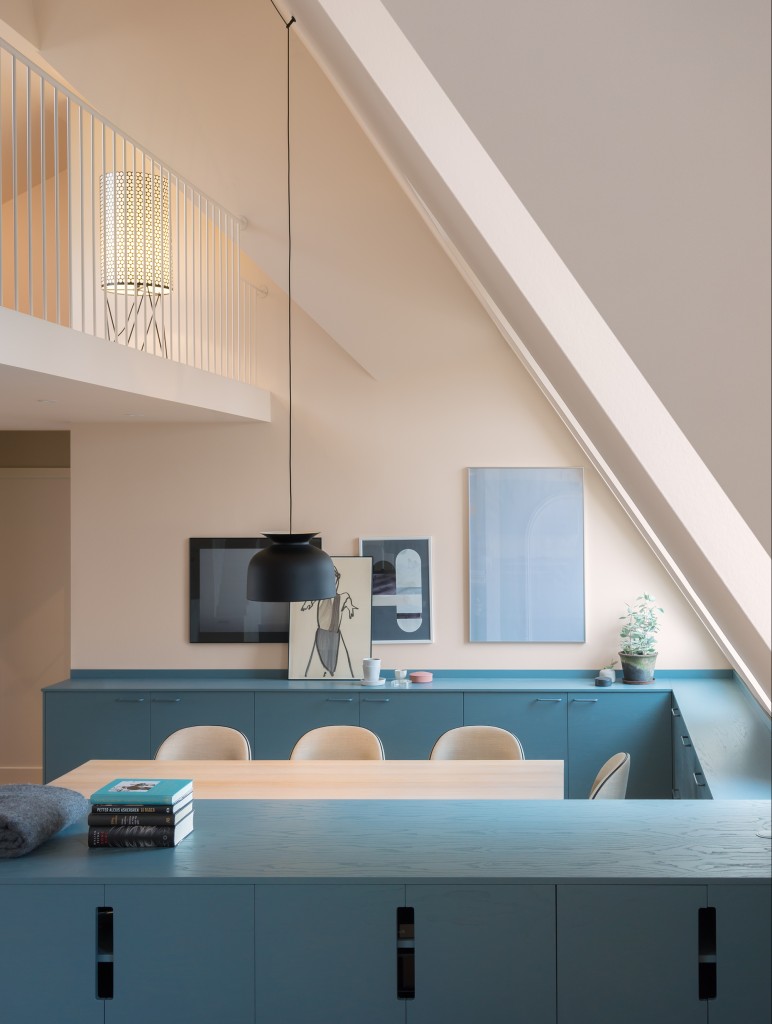We are shaping the re-use options of the future
In Sweden, furniture worth approx. SEK 23 billion is produced every year, with office furniture accounting for a quarter of that figure. In terms of climate impact, furniture production is estimated to contribute emissions of more than 150,000 tons of CO2 equivalents per year. At the same time a lot of interior furnishings are discarded well before they reach the end of their useful life. Input interior advocates responsible and mindful renewal and takes responsibility for developing re-use and a circular second-hand market.
Input interior, together with industry bodies, producers, retailers and researchers, has participated in a number of projects and groups aiming to develop scope for an effective second-hand market for furniture. This includes the Vinnova-funded project ‘Business model innovations for circular furniture flows’.
The aim is that the insights from the various projects together with the experience and expertise accumulated from actual assignments over the years will help to develop Input interior’s circular client offering.
“Demand is usually what governs supply of services, but in this case we see it as our responsibility to be proactive and offer good solutions for clients who want to work on sustainable renewal. Consequently, for many years we have been conducting large projects involving a significant element of reuse, such as Telia’s 7,200 m2 office in Luleå, where around 80% of the interior furnishings were reused,” says Marcus Berntson, Key Account Manager at Input interior.
One technical solution that has helped in developing circular furniture flows is Input interior’s Interior Management System. This solution uses RFID technology, a tagging and scanning system for products, to facilitate inventory and simultaneously create the advanced overview that is required for re-use within the framework of office projects involving hundreds of thousands of products. The tagging helps with product traceability and creates possibilities for an extended useful life on the second-hand market.
With numerous excellent re-use projects under their belt, Marcus Berntson nevertheless feels that more is required to enable further development of the circular second-hand market.
“One issue we are continuing to work on, internally and in the ‘Business model innovations for circular furniture flows’ project, is traceability of products. If we want to be able to put an item of used furniture, which was not part of our system from the outset, onto a second-hand market, we need to know that it fulfils the requirements set with regard to quality and the environment. An effective industry-wide labelling system to guarantee the quality of used products would guarantee a further increase in the level of interest,” says Marcus, and concludes:
“We have seen huge development in just a couple of years. Re-use and recycling requirements are becoming ever more common in procurement processes and this means demand for suppliers to offer eco-labelled products. Clients also have a greater understanding that re-use will not necessarily be cheaper than new furniture, but the company’s, the employees’ and the wider world’s attitude to, and responsibility for, the environment and sustainability has become the governing factor to a greater extent.”
















